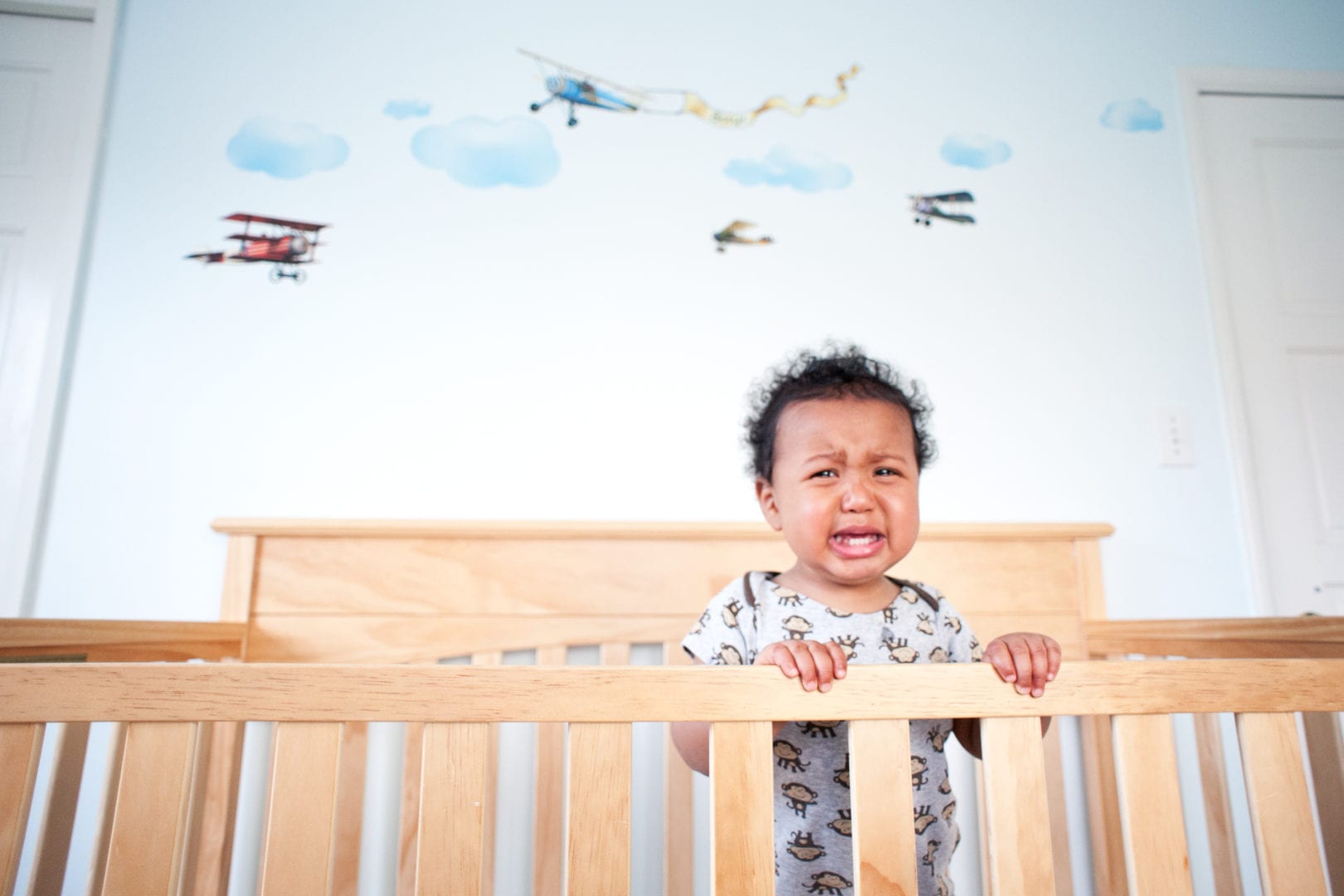In today’s world, we quickly learn that it is our duty to protect our kids. If they cry, we must do something immediately to make them smile or at least to make them stop crying. The cry of a child can be seen as a sign that we are doing something wrong or inappropriate.
This is due, in large part, to the emotions that are associated with crying. For many, it is synonymous with torture, abuse, and signals to others that we are not doing things right. In other words, we are not “The Perfect Nanny”, the person that knows how to anticipate each and every one of the child’s needs, keeping them happy 24/7.
Based on my personal experience and more than 8 years in the field of child care, I can say with certainty that none of these perceptions are correct. First, no one is perfect; second, all children cry; and third, they will cry with or without a reason.
If as babies we learned to accept and handle our emotions, to give ourselves peace and tranquility in times of anger or anguish … would not this be a better world?
Once babies turn 6 months old, they will have developed their brain in such a way that they can differentiate between their wants and their needs. In other words, they may cry because they are hungry, sleepy, etc., or because they want companionship, a toy, etc. This is why it is important that we dedicate time to observe our children, to know them better and learn how to recognize their signs/cues. Do not try to predict all their needs; let them communicate with you.
Children must be allowed to explore on their own from an early age, in a controlled and safe environment, so we can avoid rescuing them. You have to give them opportunities to express their wants and needs. We have to help them navigate their emotions without repressing them.
If as babies we learned to accept and handle our emotions, to give ourselves peace and tranquility in times of anger or anguish … would not this be a better world?
To get to know your child better, start by knowing their temperament: activity levels, physiological functions, approach or withdrawal with new experiences, their adaptability, and character/mood, the intensity of their reactions, sensitivity/reactivity, distraction and persistence. Many scientific studies point to a strong correlation between child temperament and their academic, social and personal performance. You can find your child’s Temperament Scales test on the web.
Once you have determined your child’s temperament, you will have more tools that will help you choose activities that best fit him/her, and also develop cognitive, emotional, language, and other skills. Magda Gerber, who was an early childhood educator and creator of RIE Philosophy, advises us to create opportunities of uninterrupted play, in which we observe — only intervening when the child makes eye contact with us, signaling at that moment that they want or need to interact with us.
It is important that we remember that all children are different. Do not compare yourself with others. “The Perfect Nanny” does not exist. There is no standard of care that is equally beneficial for all the children of the world. What it’s true is that your child is a human being, capable of learning and constantly communicating using all their senses.
“Babies and young children are in our hands, let’s make them the future, giving them the care and childhood they deserve.” —Prof. Nidia Sanchez-Rico.
Read next: How to know if a family is the right fit for you as a nanny





